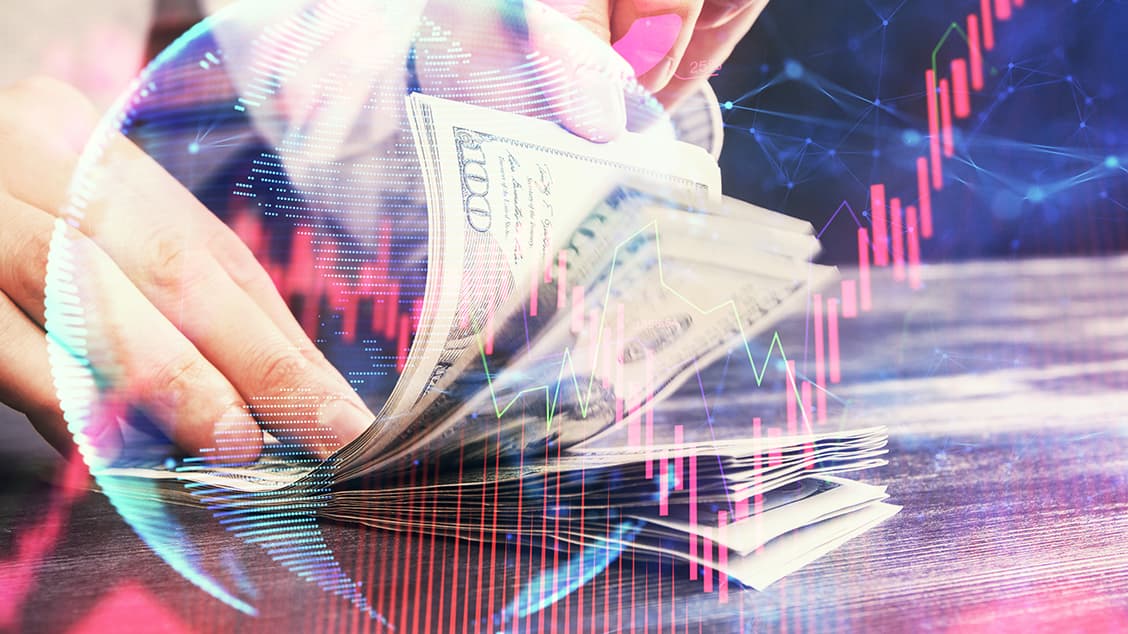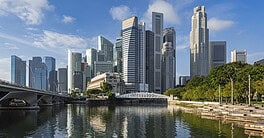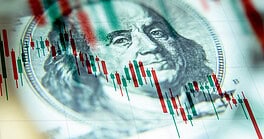How much is too much?Loans and bonds can be used sensibly to invest but too much debt can be catastrophic for a company, especially if the economy goes south.
Expansion, diversification, growth: these things cost money. After the 2007-2009 global financial crisis, there was a universal imperative: get out of debt. The opposite happened. Central banks around the globe pushed interest rates to historically low levels to boost the economy, and businesses that borrowed money for years to either stay afloat, refinance their debt or buy back their shares did it again.
How much did they borrow? According to data by the Institute of International Finance (IIF) and S&P Global, the debt of non-financial corporations has increased from 75% of total global gross domestic product (GDP) in 2007 to 98% last year (which along with the debt of governments, households and financial corporation brings the total aggregate worldwide debt to a record $300 trillion, a 349% leverage on the gross domestic product).
Not only has corporate debt grown, the quality of that debt has gotten dramatically worse. From the recovery period beginning in 2010 until today, S&P estimates that the share of investment-grade bonds fell to about 76% from over 90% during the previous two post-financial crises. Junk bonds offer a higher return, but have a higher risk of default. The issuer might not be able to pay interest and principal in a timely manner, or ever. By some estimates, at the current pace, speculative-grade non-financial global debt could soon surpass investment grade—the implication being that as we try to fix the current crises we might be creating conditions for crises down the road. Furthermore, as risky credit market segments such as high-yield bonds and leveraged loans have expanded, borrowers’ credit quality, underwriting standards and investor protections have weakened.
As all this was taking place, economists were sounding the alarm louder and louder: the debt buildup and the resulting higher interest charges can become an overwhelming burden for companies (as well as governments and households), making them vulnerable to tighter monetary policies and pushing them—and everyone with them—closer to economic collapse.
A new machine-learning model developed by the IMF—based on 50 indicators going back to 1995—estimates that out of 55 advanced and emerging economies that 38 are currently at medium risk and seven are at high risk of corporate distress spilling over into systemic economic risk. Not only are more countries at high risk of a debt crisis than before the pandemic, but the number of large economies in this category has also grown: it now accounts for 21% of world GDP in the third quarter of 2022, up from just 1% at the end of 2019.
The rise of inflation rates globally, exacerbated by the Russian war in Ukraine, made things worse. According to S&P Global Ratings, the pace of interest rate increases has been faster in 2022 than at any time over the past four decades globally. To bring inflation under control, central banks raised interest rates to dampen borrowing and spending, and companies that issued billions in bonds and notes when interest rates were low (a record number of which of the lowest rating) now find themselves having a hard time servicing and refinancing their debt.
A 2022 report by global consultancy Kearney provides striking insights into the magnitude of the problem. An analysis of the records of around 70,000 listed companies from 154 industries and 152 countries has revealed that 4.7% of them are so-called “zombie companies”, or firms that—based on their current operating profit—have been unable to support the interest expenses on what they borrowed for the previous three years. The incongruity might even more severe when it comes to zombie private companies, which face less scrutiny from shareholders and regulators and do not have to release quarterly and annual reports.
While the side effects of too much easy money and money that has become too expensive to borrow can be both catastrophic, not all debt deserves a bad name. Loans and bonds can be used sensibly to invest, hire and increase productivity. Furthermore, a higher amount of debt in absolute terms—while not desirable—does not translate automatically into an equally higher risk of default. In fact, small companies in fact tend to become cash-strapped more easily than their larger counterparts and some economic sectors can be more vulnerable than others. And while today the majority of the world’s biggest corporate borrowers—even in such uncertain times—can generally be trusted to repay their debt, it is also true that during past economic recessions many giants have fallen from grace in the blink of an eye. Just ask General Electric.
THE TOP 10 MOST INDEBTED COMPANIES OF 2023
1. Toyota Motor Corporation
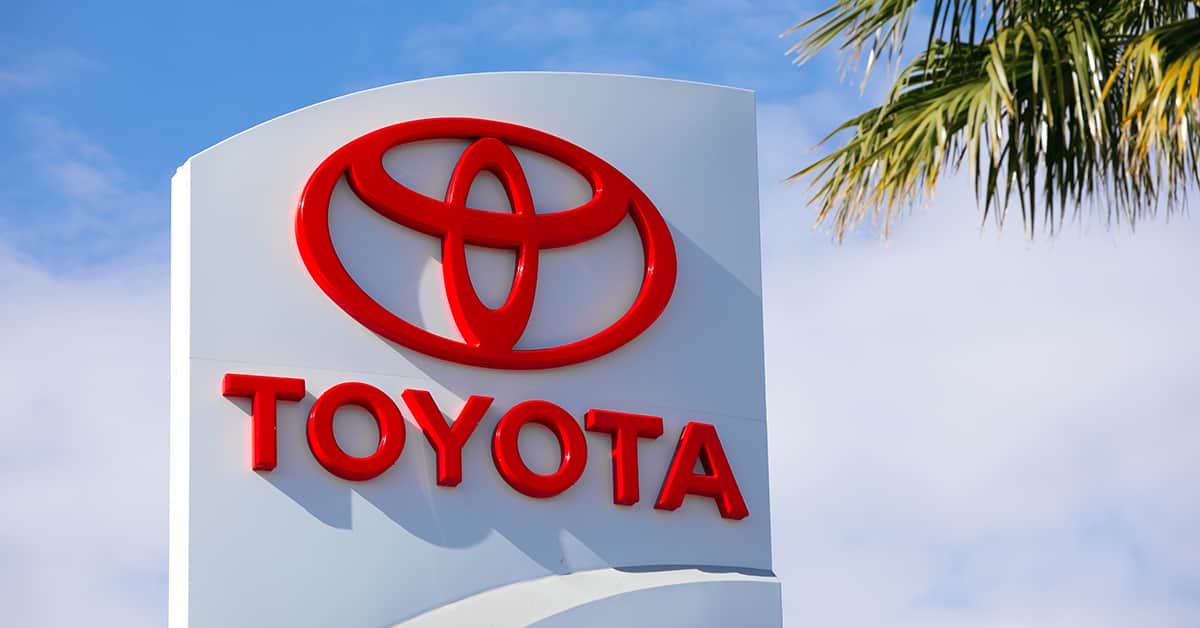
It takes money to make money. In 2022, the Japanese company sold 10.5 million vehicles, retaining the title of the world’s top-selling automaker but also conquering that of the most indebted company of all. By comparison, at over $200 billion, its long-term obligations are bigger than the external debt of a small country like New Zealand.
To stay on top, Toyota had to make massive investments in research and development and spend big on global operations and marketing. Some industry experts say toyota has been slow in transitioning away from traditional internal combustion and hybrid vehicles to all-electric cars (EVs). Yet S&P, Moody’s and Fitch do not seem terribly worried about Toyota’s future judging by their high ratings of Toyota’s debt. The auto giant plans to sell about 3.5 million EVs by 2030 and remains highly profitable for now.
|
Long-Term Debt ($ Bil.) |
Annual Revenue ($ Bil.) |
Debt Ratings |
Industry |
||
|---|---|---|---|---|---|
| Moody’s | S&P | Fitch | |||
| 217 | 271 | A1 | A+ | A+ | Automotive |
2. Evergrande Group
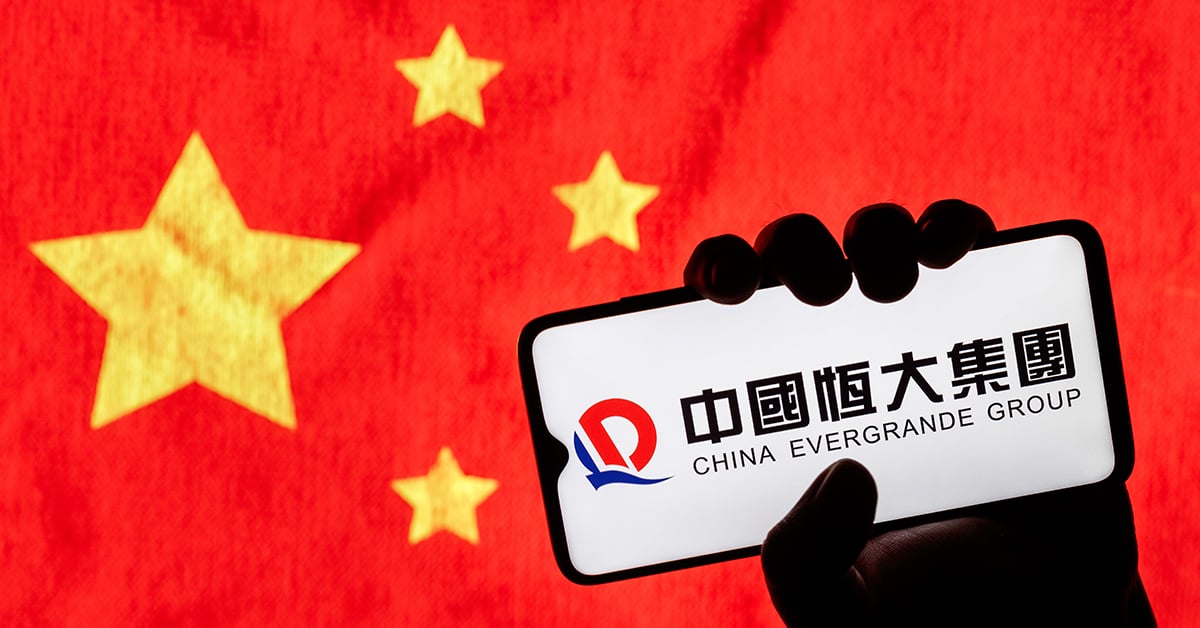
With projects in over 200 cities ranging from condos to theme parks, one of China’s biggest—and the most indebted—property developers burned through cash for years. The company’s stock performance was already suffering when the global pandemic started and lockdowns hit home sales.
Since then, everything went downhill. Last year, the company promised to come up with a restructuring plan, but missed the self-imposed deadline and has yet to come up with a new one. In the meantime, to help pay creditors, founder billionaire Hui Ka-yan had to sell personal properties and private jets, reportedly losing more than 90% of his wealth. He promised his employees that Evergrande will come back stronger than ever, but with the Chinese economy slowing and demand for housing still weak a good dose of skepticism is in order. Furthermore, all major credit rating agencies have withdrawn their ratings due to the absence of information necessary to issue one.
|
Long-Term Debt ($ Bil.) |
Annual Revenue ($ Bil.) |
Debt Ratings |
Industry |
||
|---|---|---|---|---|---|
| Moody’s | S&P | Fitch | |||
| 174 | 74 | N/A | N/A | N/A | Real Estate |
3. Volkswagen AG
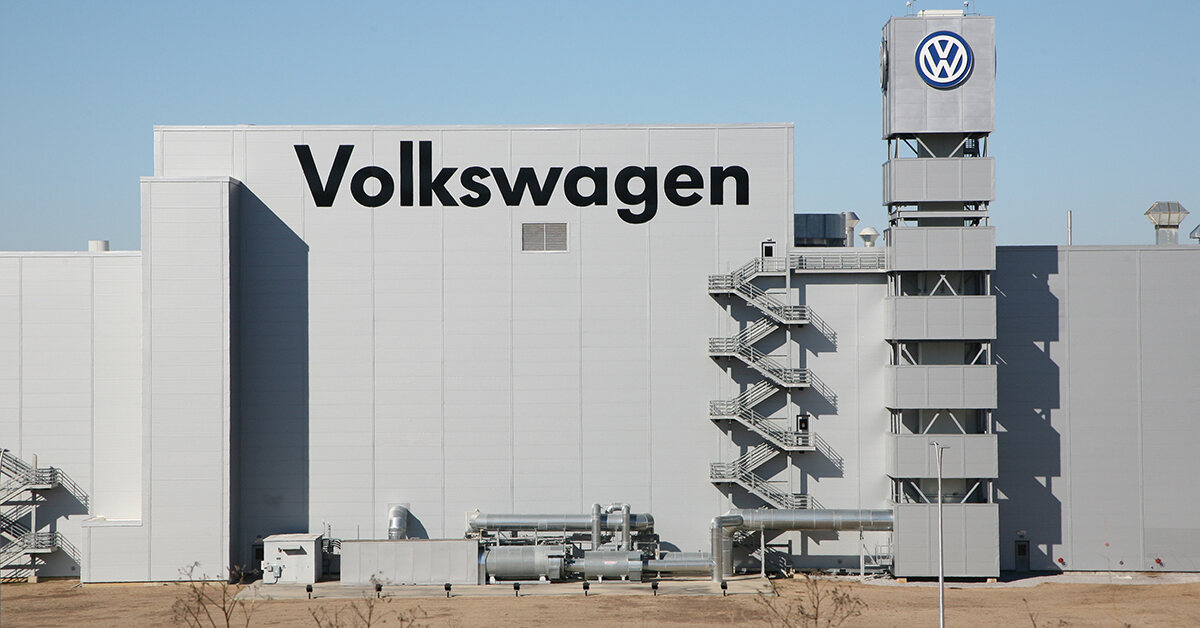
It only makes sense that the second top-selling car manufacturer in the world would also be the second most indebted. Much of what is true for Toyota applies to the Wolfsburg-based company, with the major difference being that Volkswagen went all-in on its electrification push, aiming to become the world’s EV market leader by 2025. Along the way, it faced scandals, labor disputes, chip shortages and other supply chain issues—all of which came with a hefty price tag.
|
Long-Term Debt ($ Bil.) |
Annual Revenue ($ Bil.) |
Debt Ratings |
Industry |
||
|---|---|---|---|---|---|
| Moody’s | S&P | Fitch | |||
| 166 | 299 | A3 | BBB+ | A– | Automotive |
4. Verizon Communications
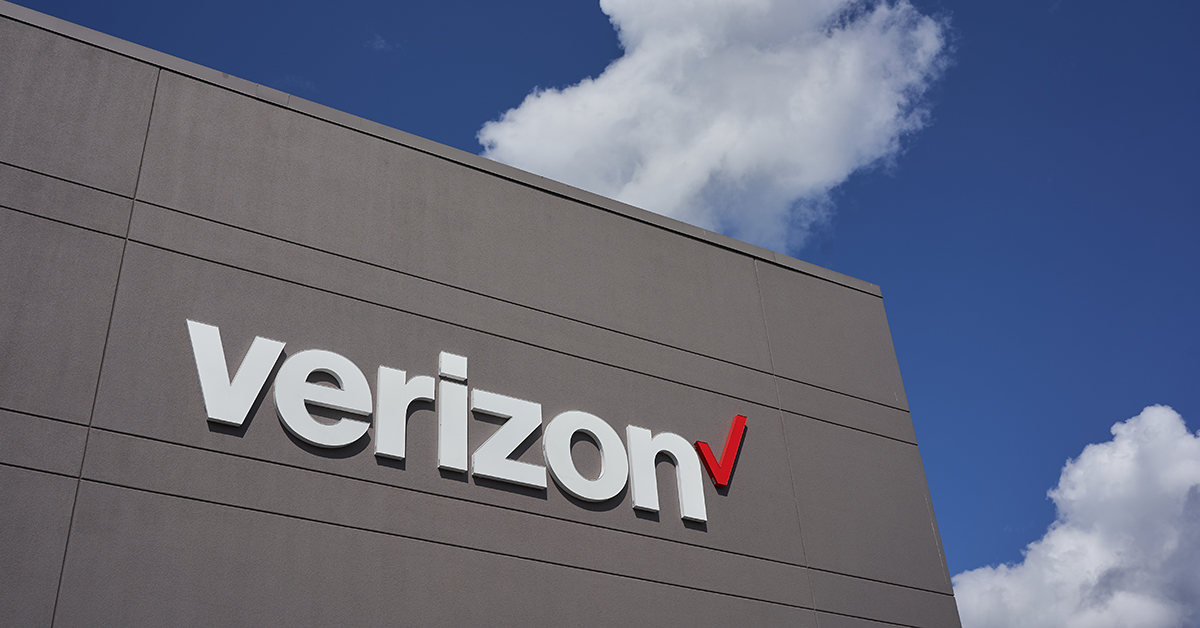
In 2013, Verizon launched the largest corporate debt sale in history: $49 billion worth of bonds used to fund the buyout of partner Vodafone Group’s 45% stake in Verizon Wireless, the largest mobile telecommunications provider in the U.S. Since then, its debt has only gone up. The company had to borrow more money to fend off its rivals and invest in building out its 5G wireless infrastructure, which data exchanges at greater speeds. Down the road, the expected economic boom from the new networking standard could potentially accelerate the company’s debt reduction. Yet—with telecommunication firms already busy developing the sixth generation of mobile technology—to stay competitive Verizon will have to keep pace with the industry’s overall aggressive spending.
|
Long-Term Debt ($ Bil.) |
Annual Revenue ($ Bil.) |
Debt Ratings |
Industry |
||
|---|---|---|---|---|---|
| Moody’s | S&P | Fitch | |||
| 151 | 104 | Baa1 | BBB+ | A– | Telecommunications and Consumer Services |
5. Deutsche Bank
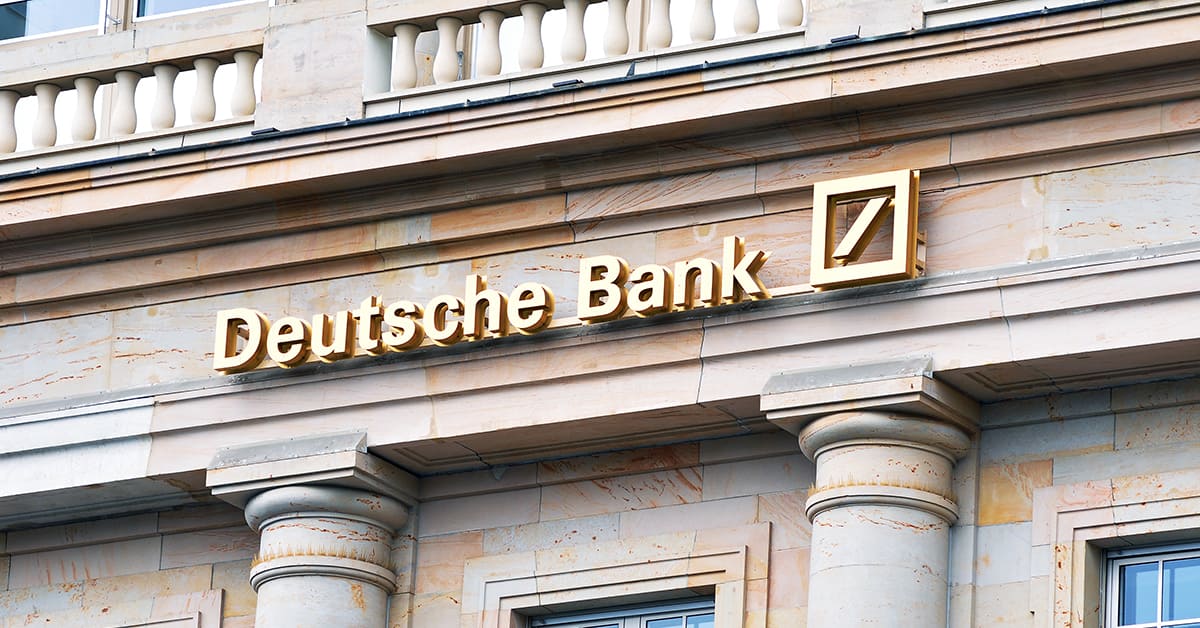
The biggest bank in Germany is quite big everywhere else as well. With over 1,500 branches across Europe, the Americas, the Asia-Pacific region and Africa and the Middle East, the Frankfurt-based investment bank and financial services company has been hit in recent years by scandals, losses and credit rating downgrades. Its turnaround has been costly: it is the most indebted bank in the world. Then again—contrary to what many experts were predicting until not long ago—it did not end up like Lehman Brothers.
|
Long-Term Debt ($ Bil.) |
Annual Revenue ($ Bil.) |
Debt Ratings |
Industry |
||
|---|---|---|---|---|---|
| Moody’s | S&P | Fitch | |||
| 150 | 29 | A1 | A– | BBB+ | Banking |
6. Ford Motor Company

If Covid impacted all automakers around the globe, it had particularly crippling effects on the once-glorious American carmaker. Drowning in debt, low on cash and facing increasing competition during the height of the pandemic, the company established in Michigan in 1903 found itself inches away from bankruptcy. With sales plummeting and its factories partially shut, all major rating agencies downgraded Ford’s credit from investment-grade to speculative-grade or junk. Not only do companies given junk status find it more difficult to obtain funding in the future but, as most investment and pension funds are not allowed to hold junk bonds as part of their portfolio, the ensuing sell-off of stocks increases their risk of default significantly.
Since then the company’s earnings, revenue and overall outlook have improved, but with one-third of its total debt load, or about $44 billion, coming due this year, the automaker is still not out of the woods.
|
Long-Term Debt ($ Bil.) |
Annual Revenue ($ Bil.) |
Debt Ratings |
Industry |
||
|---|---|---|---|---|---|
| Moody’s | S&P | Fitch | |||
| 139 | 158 | Ba2 | BB+ | BB+ | Automotive |
7. Softbank
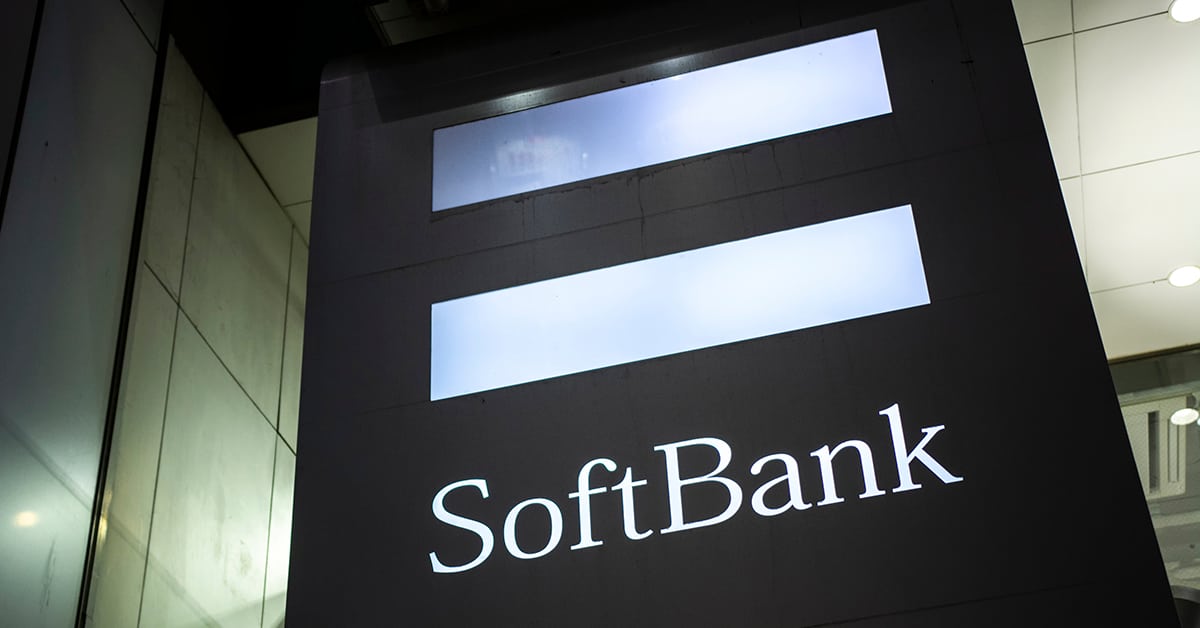
Through its Vision Fund, the Japanese tech-investment mammoth owns stakes in WeWork, Sprint, Alibaba and many other household names. As its portfolio has grown over time, so has its debt. While the fund’s complex structure makes it difficult to determine how much debt exactly it carries, it is undoubtedly big—and increasingly difficult to repay. The calamitous IPO of WeWork in 2021 and Uber’s underwhelming performance since its market debut in 2019 still weigh on the company’s financials (Softbank offloaded all its remaining shares in the ride-hailing business months ago), while the trifecta of Covid, high inflation and the general tech industry slowdown has reduced the willingness of investors to invest in riskier assets and startups such as the ones the Japanese group has become known for. Last year, the company has posted quarterly operating losses of up to $23.4 billion.
|
Long-Term Debt ($ Bil.) |
Annual Revenue ($ Bil.) |
Debt Ratings |
Industry |
||
|---|---|---|---|---|---|
| Moody’s | S&P | Fitch | |||
| 138 | 52 | Ba2 | BB+ | N/A | Financials |
8. AT&T
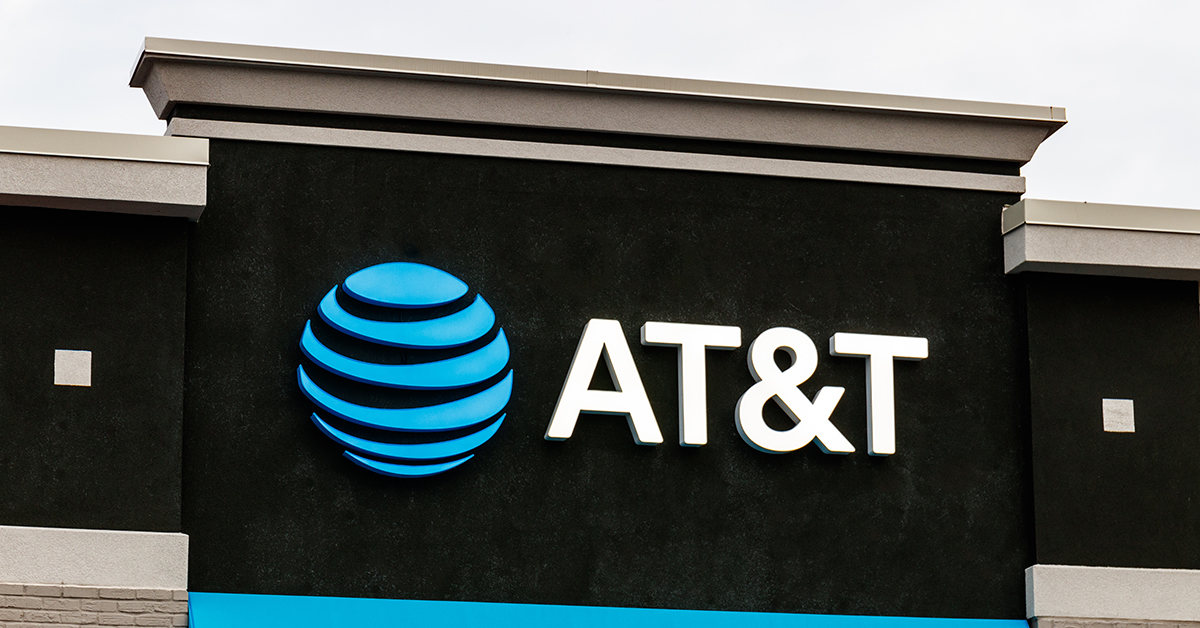
AT&T is no longer just a phone company. After the purchase in 2015 of Direct TV and the acquisition of Time Warner in 2018, the telecommunications giant was left with net debt in the neighborhood of $180 billion and the not-so-coveted title of most indebted company in the world. AT&T’s efforts to gradually reduce debt levels have been paying off and the telecom giant no longer holds that record. Yet, it still owes to its creditors $136 billion and the current high-interest rates make borrowing and refinancing much less appealing options than in the past.
|
Long-Term Debt ($ Bil.) |
Annual Revenue ($ Bil.) |
Debt Ratings |
Industry |
||
|---|---|---|---|---|---|
| Moody’s | S&P | Fitch | |||
| 136 | 121 | Baa2 | BBB | BBB+ | Telecommunications and Consumer Services |
9. Deutsche Telekom AG
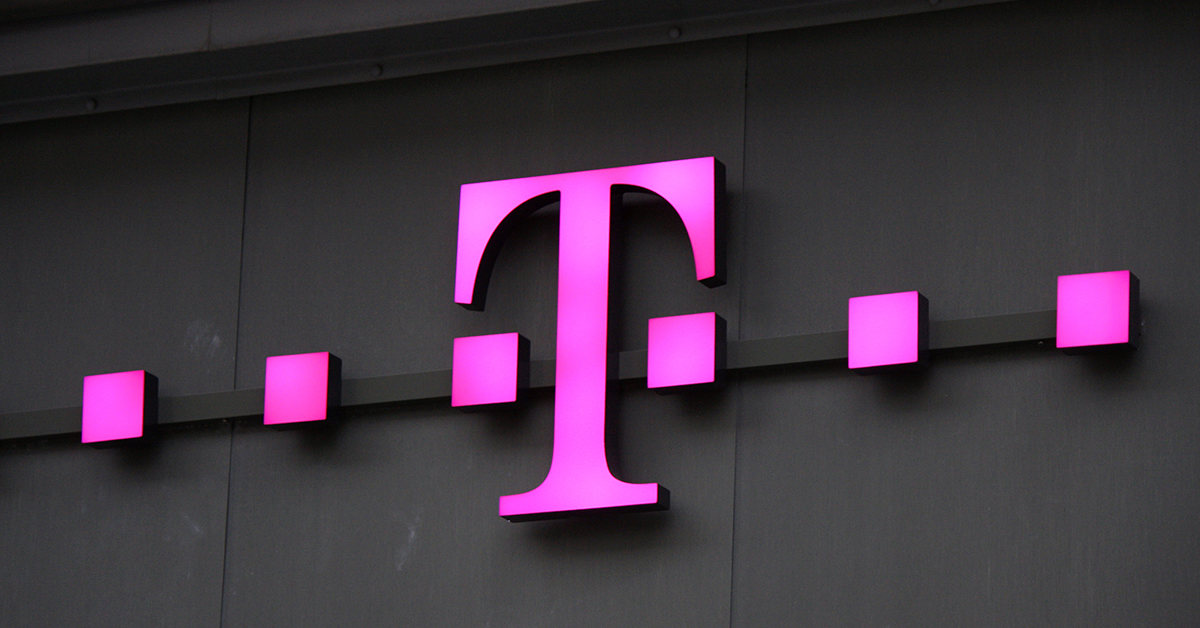
The German telecommunications company is no different from its American and international siblings: to stay competitive, it needs to spend money on acquisitions, research and development, and marketing. Yet, over the years, it has also managed to get its money’s worth in form of customer and revenue growth, especially in the U.S., where it operates through its subsidiary, T-Mobile. And as a strong dollar often hurts companies with large international operations, the opposite is also true.
|
Long-Term Debt ($ Bil.) |
Annual Revenue ($ Bil.) |
Debt Ratings |
Industry |
||
|---|---|---|---|---|---|
| Moody’s | S&P | Fitch | |||
| 115 | 124 | Baa1 | BBB | BBB+ | Telecommunications and Consumer Services |
10. Électricité de France
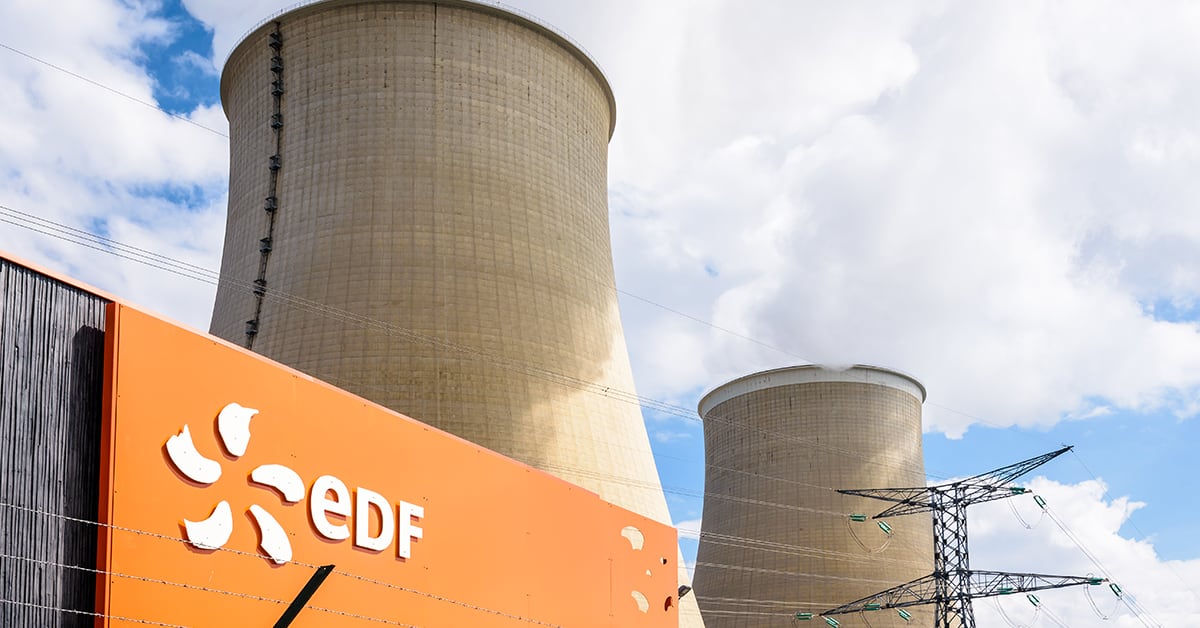
Commonly known as EDF, the majority state-owned utility giant dominates the French electricity market with an 80% share, and remains one of the largest power companies globally. Founded after the end of World War II, it has seen better times. The green transition and the war in Ukraine driving oil prices to new heights were supposed to boost the company’s financials: after all, EDF operates 56 nuclear reactors. Yet, last year, more than half of them had to be shut down for corrosion problems and other technical issues. The company also suffered the decision of the government to cap energy prices, having essentially to sell energy below market price. While EDF is now in the process of becoming a fully nationalized company, it will take much longer before its finances and operations are in order.
|
Long-Term Debt ($ Bil.) |
Annual Revenue ($ Bil.) |
Debt Ratings |
Industry |
||
|---|---|---|---|---|---|
| Moody’s | S&P | Fitch | |||
| 108 | 100 | Baa1 | BBB | BBB+ |
Energy |
